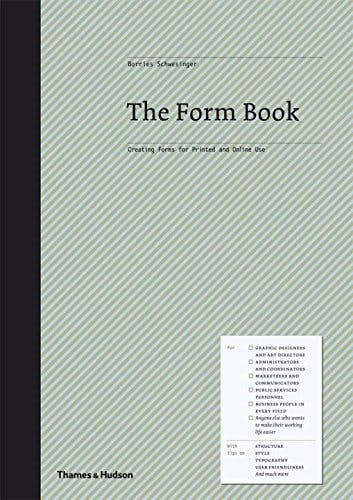Communication forms serve to send information in one direction only: from the provider to the user. The provider creates the form, fills it with information, and passes it on to the user, who reads the content and acts accordingly. Examples are invoices, receipts, notices statements and records Dialogue forms go a step further. The provider creates a form with blank spaces which is passed on to the user. This too is a kind of information, since it is a request for the form to be filled in, the object being to obtain information from the user in the manner specified by the form. The user inserts the information, and returns it to the provider for evaluation, thereby reversing the roles: the user becomes the sender, and the provider becomes the receiver. Thus the form initiates a dialogue. Examples of this type of form include applications, order forms and questionnaires. Internal forms include such items as time sheets, expenses forms and sick notes. Their main function is organizational and they reflect internal divisions of labour. External forms include applications, contracts and invoices. They permit interaction and exchanges of information between provider and user, and as well as being efficient tools of the trade, they are also a means for providers to present themselves to the outside world.↱

The Form Book
Creating Forms for Printed and Online Use
Borries Schwesinger